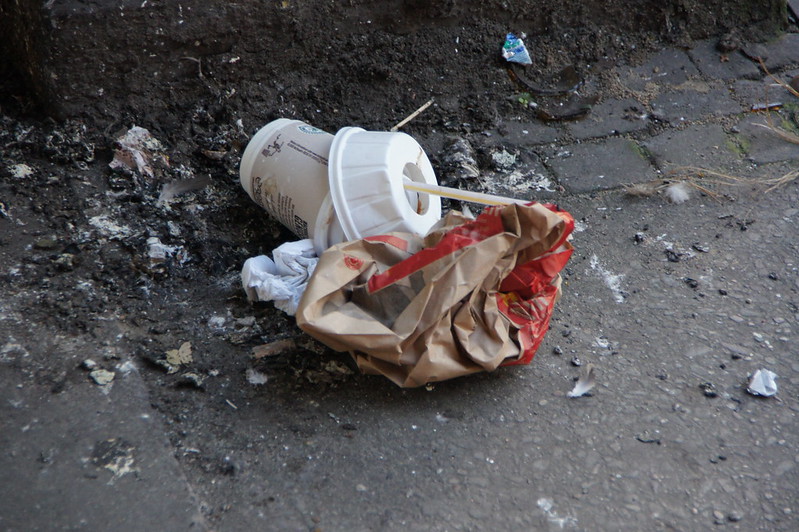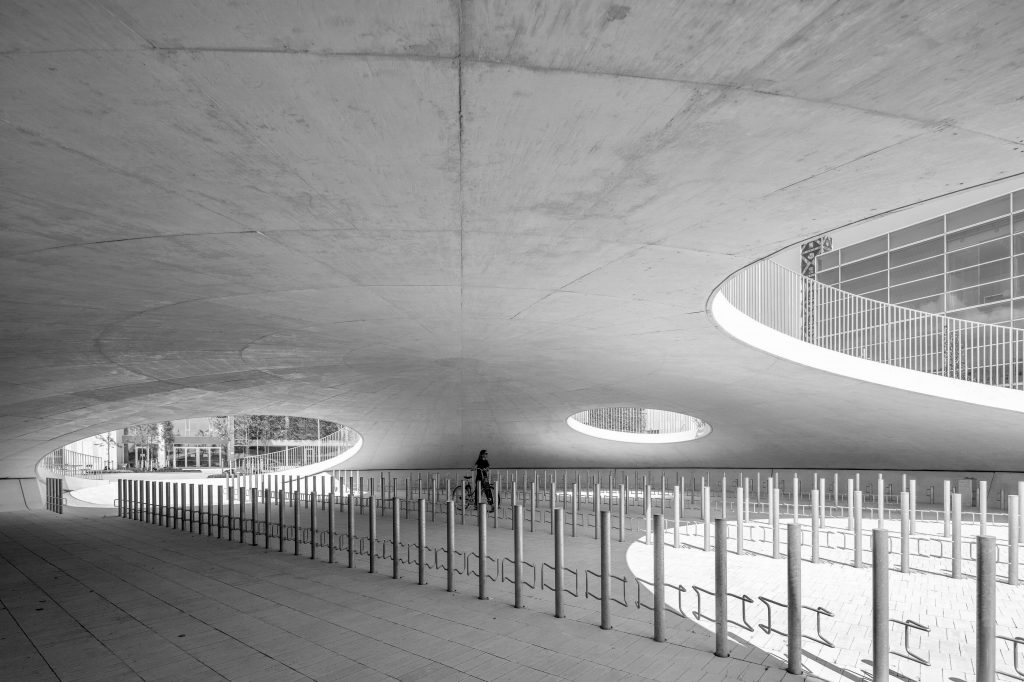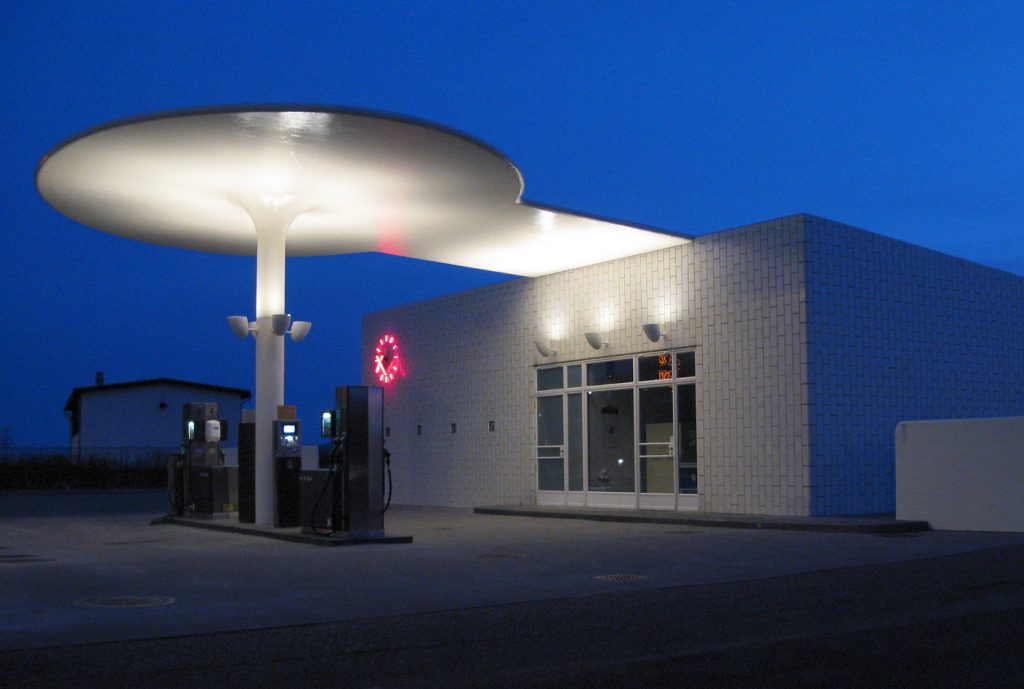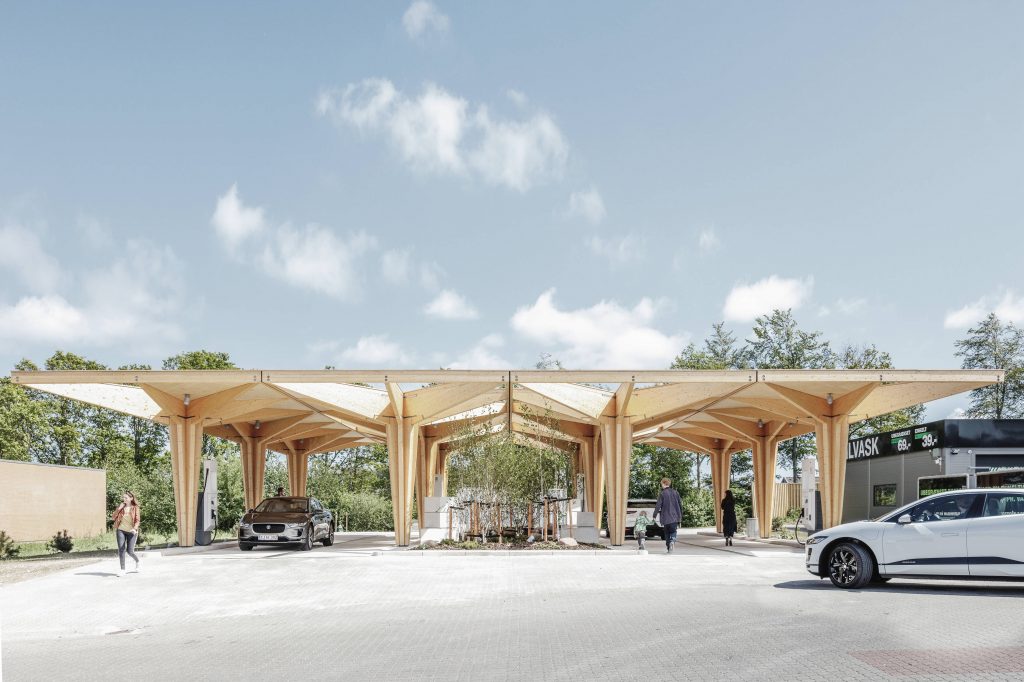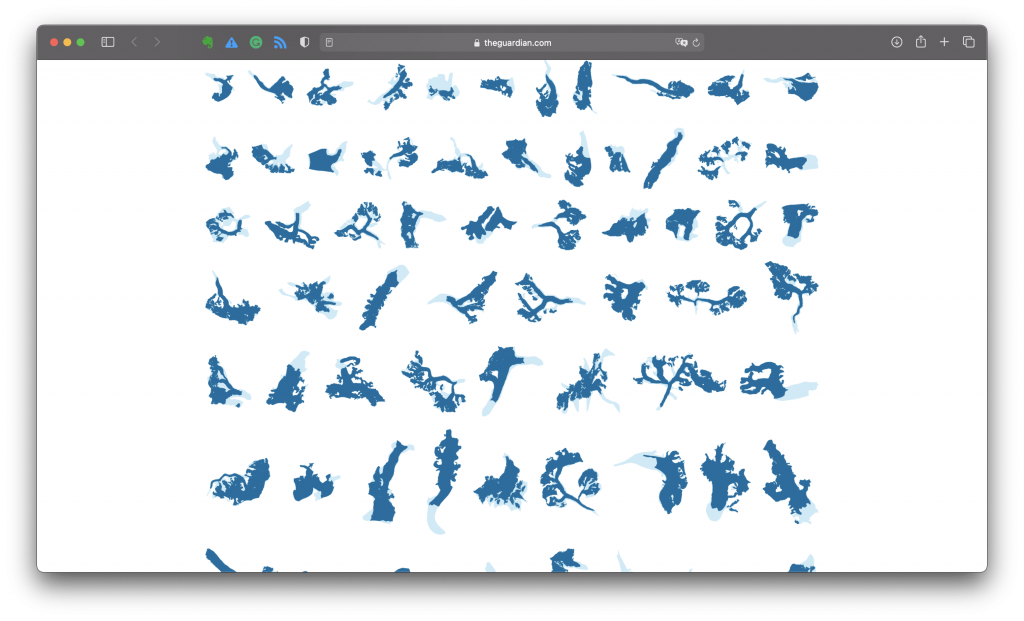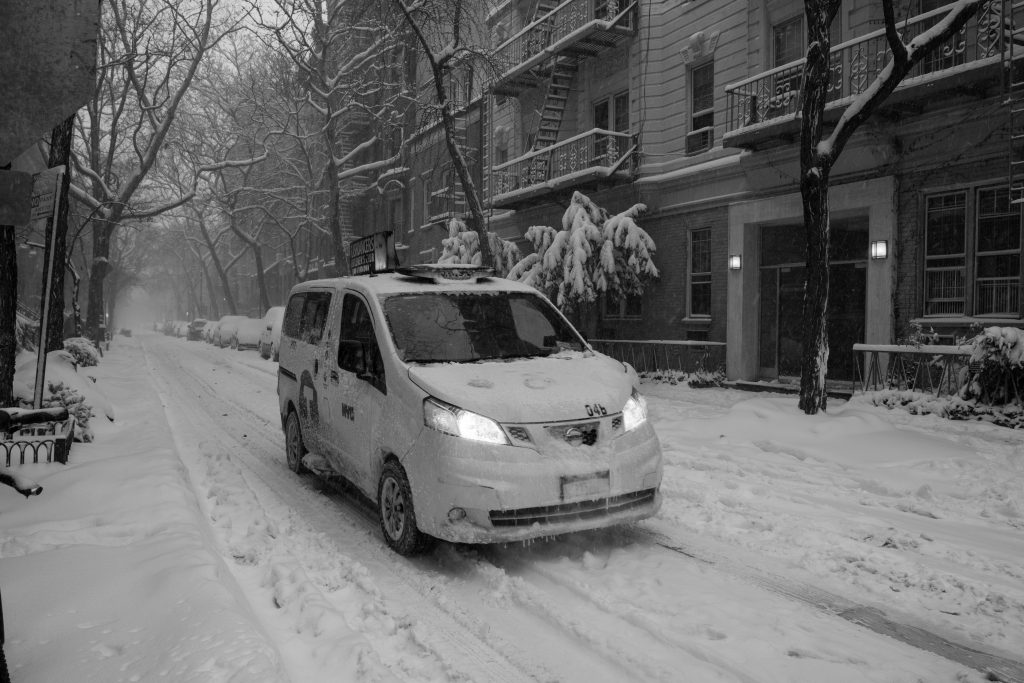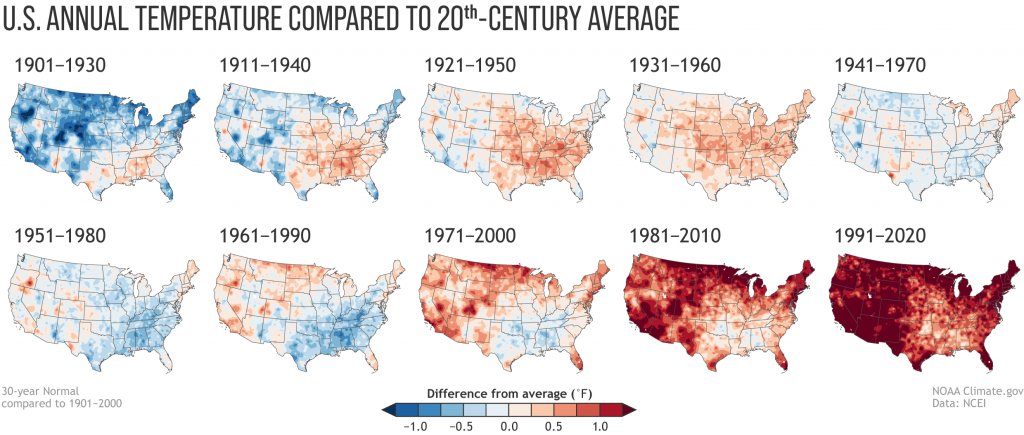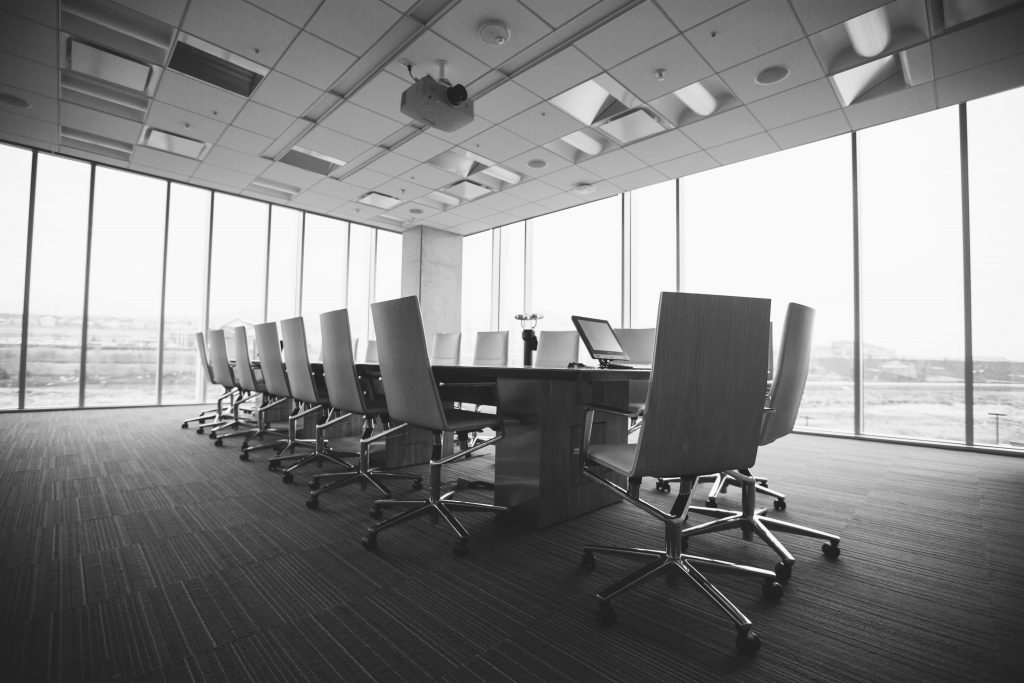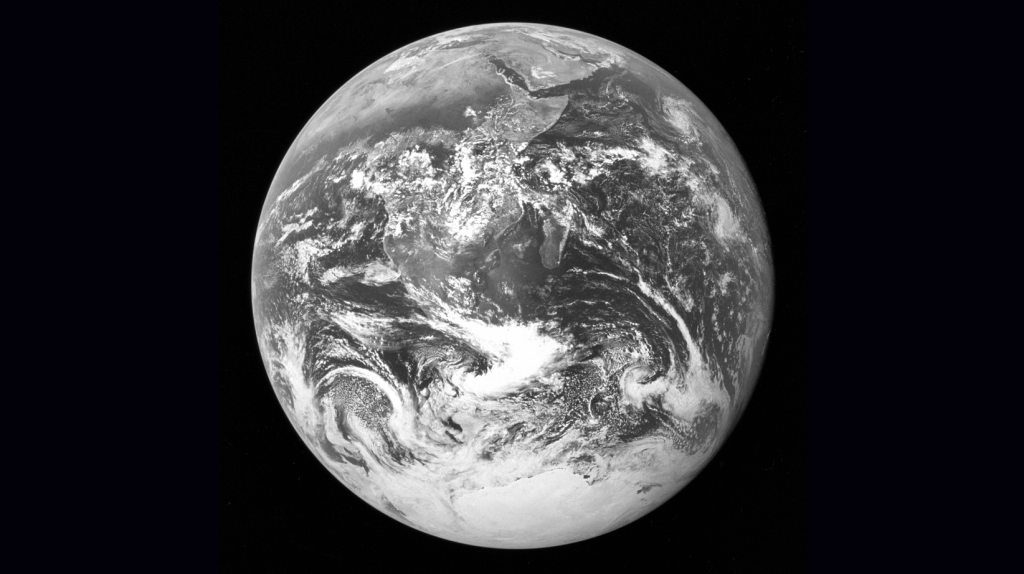No, no, no. This will not be a post where I can live my narcissistic side. This is about an ad campaign by German McDonald’s.
They show a used paper coffee cup and claim in bold letters: I (the paper cup) am beautiful because I might become a book someday (see here).
I was stunned to see a one-way packaging item be the center stage of a campaign. I could imagine that one-way packaging is part of a campaign advising against its use. But here, right to the contrary: this campaign clearly associates one-way packaging with positive attributes.
Why on earth would you want to do this? – Frankly, I have no idea.
If I look at this, a lot crosses my mind. The first thing is that McDonald’s is greenwashing here big time. The second thing is that McDonald’s is the largest fast-food chain in Germany. Judged by the number of restaurants McDonald’s (1,484) is larger than the next two chains (Burger King, 750; Subways, 692). So, being Mcdonald’s is something (or not nothing). What could you have done with the size and the resources that come with it, other, I mean, than hiring Scholz and Friends for this campaign?
You could have thought about establishing a system of reusable cups and packaging. I imagine that you (as McDonald’s) could have built a business from the reusable cups by (kind of) forcing this reusable packaging system on other providers of system gastronomy.
I could only speculate why we see greenwashing instead of doing something that changes the system. It would be nice to see research on the power structure, the motivations, the resource allocation, and the decision-making processes concerning circular business models inside McDonald’s. It would also be nice to see the role of business development and innovation in McDonald’s Germany and sustainability’s role in the internal discussions.
Note: The image here is by Martin Abegglen. It is not the image used in McDonald’s campaign.
